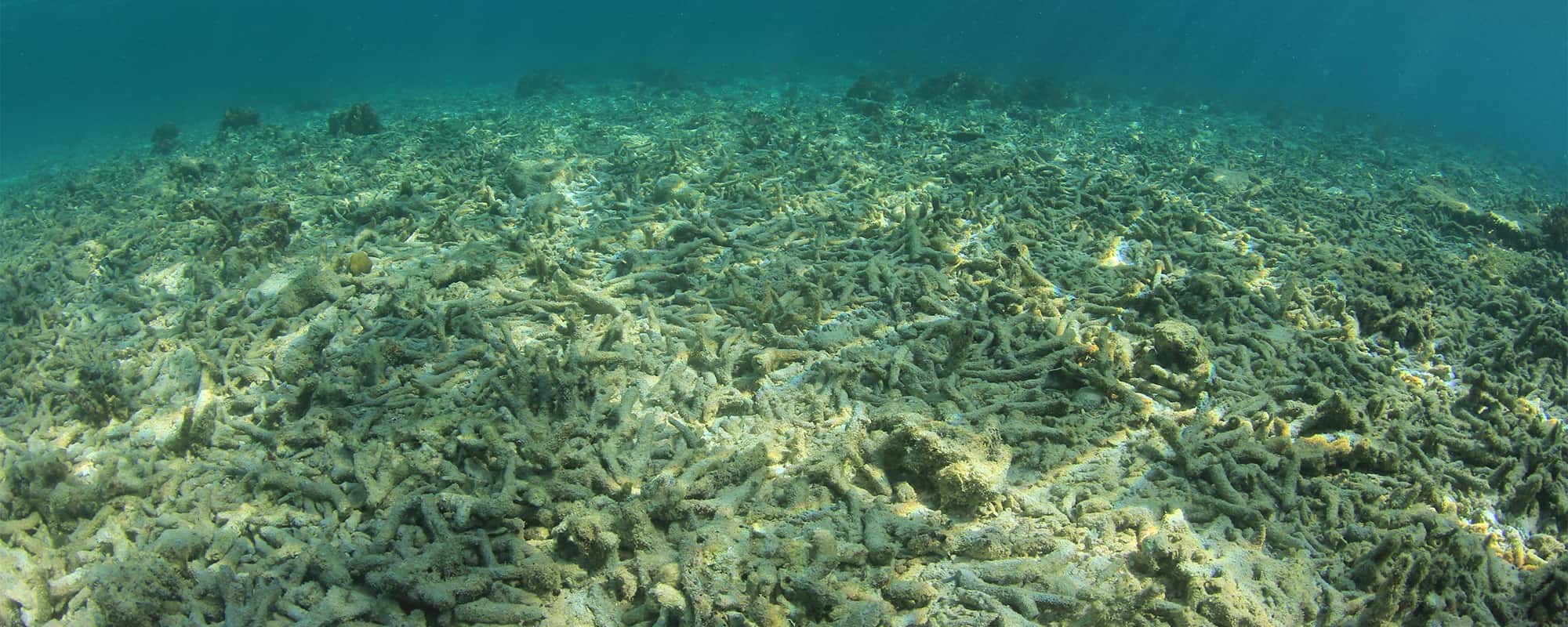To mark World Environment Day on 5 June, and World Ocean Day on 8 June, we thought it appropriate to delve into the world of ecology, and share why it’s so important to be aware of the intricacies of the world we live in.
Ecology is the study of interactions and relationships between organisms and their environment. This includes both biotic (living) and abiotic (non-living) factors. Ecology showcases the complexity of interactions and just how much the web of life on Earth is entwined within itself. Therefore, it’s important to understand that we are a part of the web, and our actions also have an effect on the ecology of our surroundings.
In North Queensland we have the privilege of living in a variety of ecological zones, this means that every zone is made up of organisms and spaces unique to that space and climate. When conditions change in these zones, be it due to a natural disaster, agriculture, or climate change, there are always downstream effects that vary in scale.
The Great Barrier Reef is a good example of an ecosystem under pressure. With rising temperatures comes an array of consequences, including ocean acidification, food chain disruption and habitat loss. These may seem as individual issues, but they do in fact go hand in hand.
Following the industrial revolution, atmospheric carbon dioxide has increased exponentially. As our oceans are carbon sinks, they absorb carbon dioxide resulting in a reduction in pH. This means the water becomes slightly acidic. As minor as it may seem, it is detrimental to many marine organisms – let’s use shellfish as an example.
An increase in acidity means a reduction in calcium carbonate, a key component of shells. Consequently, shells are weaker due to reduced calcification, and are also more prone to dissolution (the act or process of dissolving). This goes for corals too, as they struggle to build their skeletons.
But why care about these organisms, why do they matter? A reduction in shell integrity means that that organism is unable to survive and thrive.
So what? Well, the next one up the food chain now has limited food supply, resulting in a reduction in population. Then same again, this continues up the food chain and can lead to collapse. And if you’re unsure why that matters to us, then consider if one of the fish now unable to maintain a viable population is one that you eat. This then leads to a fisheries collapse; an ecological and economic disaster.
Now we don’t want to get all doomsday on you, but we do want to emphasise just how our civilisation impacts on mother nature and the world around us.
What can YOU do?
- Don’t disturb nesting sites, be it birds, turtles, or even insects.
- Keep vehicles on main roads to reduce the spread of weeds and disturbance to wildlife.
- Promote wildlife use by setting up bird and bat houses.
- Use natural products and methods for pest control.
- Encourage and support local government initiatives that protect habitat and biodiversity.
- Leave native plants undisturbed, and landscape using native trees and vegetation.
What can WE do?
- Government legislation
- Nature preserves
- Reduce invasive species
- Habitat restoration
- Captive breeding and seed banks
- Research
- Reduce climate change
- Purchase sustainable products
- Promote native species
- Education
Top 5 Drivers of Biodiversity Loss
- Habitat loss and degradation
- Invasive species
- Overexploitation
- Pollution
- Climate change
Learn more about World Environment and World Ocean Day
www.worldenvironmentday.global
www.unworldoceansday.org
www.genevaenvironmentnetwork.org
www.msc.org
Did you know:
- Out of 719 reefs surveyed on the Great Barrier Reef, 91 percent have been affected by coral bleaching following the 2021-22 summer.
- Biodiversity is being lost at a rate not seen since the last mass extinction 65 million years ago when the dinosaurs were wiped out.
- Since the industrial revolution, the ocean has absorbed 525 billion tonnes of atmospheric carbon dioxide, which is almost a 30 percent increase in hydrogen ion concentration.
- Biodiversity loss will continue to increase the incidence of further ecological changes such as climate change, desertification, fisheries collapse, floods, landslides, wildfires, eutrophication (a process that results in harmful algal blooms and dead zones in bodies of water), and disease outbreaks.





